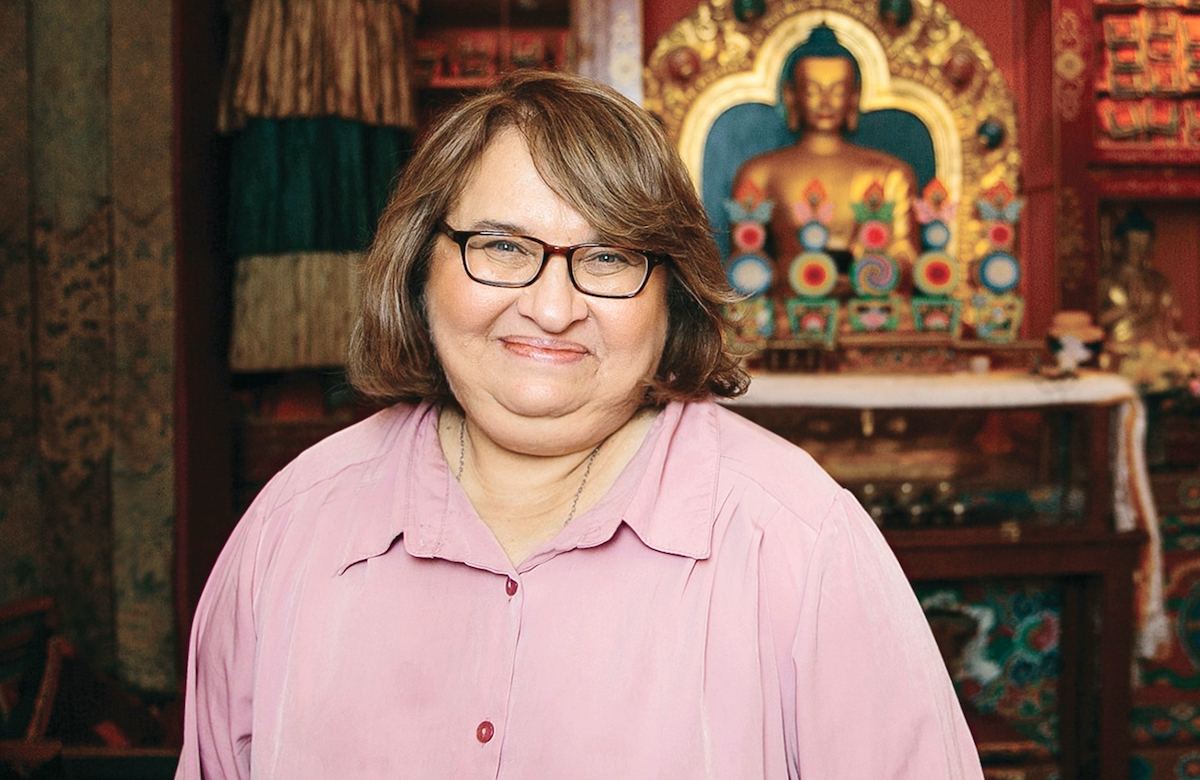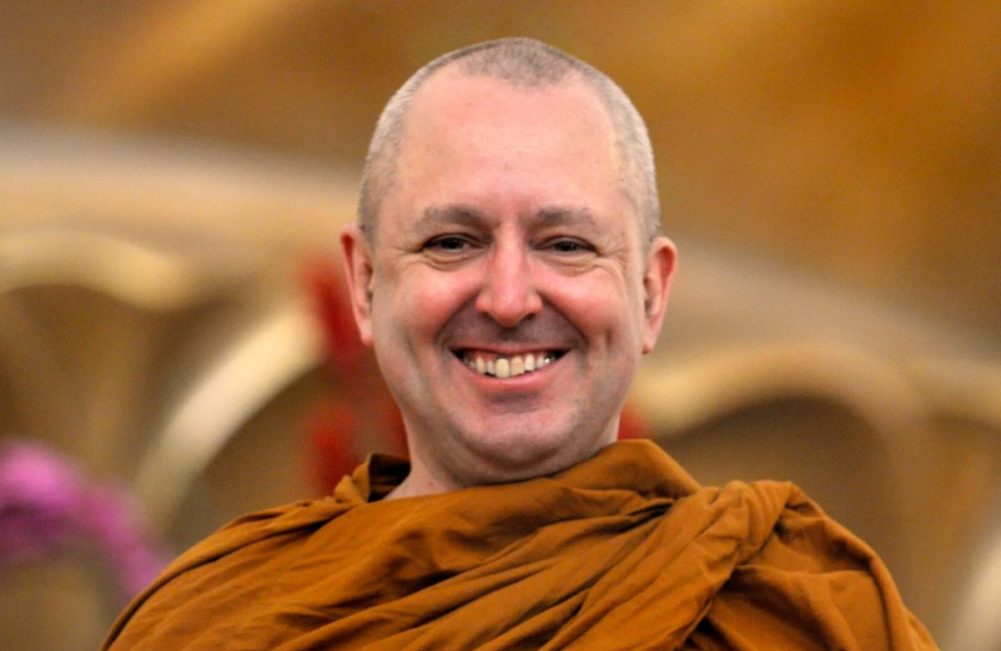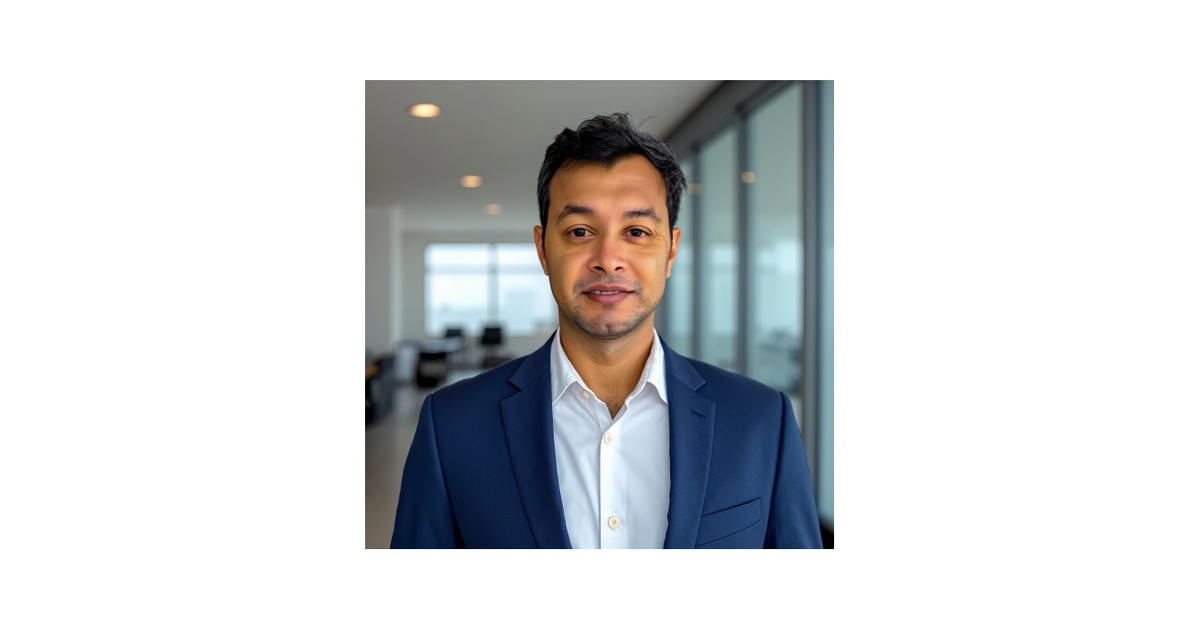Why We Look for Happiness in the Wrong Places
Meditation teacher Sharon Salzberg discusses how our yearning for happiness can support us in our journey toward freedom—and why we tend to search for it in the wrong places. The post Why We Look for Happiness in the Wrong...

According to meditation teacher Sharon Salzberg, it can be easy to feel like we’re bystanders to our own lives. “Sometimes we live a short distance from our bodies and our emotions,” Salzberg told Tricycle’s editor-in-chief, James Shaheen, on a recent episode of Life As It Is. “Life loses its texture, and we’re just getting by, living out each day.”
Salzberg believes that many of us yearn for a deeper sense of happiness and purpose, but our familiar patterns tend to get in the way and keep us trapped in constriction. In her new book, Real Life: The Journey from Isolation to Openness and Freedom, she explores how we can work with our habitual patterns and cultivate greater creativity, connection, and joy. Weaving together Buddhist psychology, her own experiences, and insight from a variety of contemplative traditions, she lays out a path toward what she calls “real life,” or a life of spaciousness and freedom.
In the podcast episode, Shaheen sat down with Salzberg to discuss the forces that keep us trapped in isolation, what it means to live a real life, how to work with the three hindrances, and how expansiveness makes love more available to us. Read excerpts from their conversation below, and then listen to the full episode.
Throughout the book, you explore the ways we yearn for something beyond traditional successes and accomplishments. Interestingly, you write that it’s not the yearning that causes the trouble; instead, it’s our tendency to search in the wrong places. Can you say more about how our yearning for happiness can actually support us in our journey to a real life? Everybody wants to be happy, and happy not in a superficial sense but in a deeper sense. We all want a feeling of being at home somewhere in this life. Whether it’s in the body, in the mind, with our families, with friends, or on the planet, we want a sense of belonging without any artifice or pretense of being better than we are—we want to belong just as we are.
We all long for this, but generally, we’re not looking in the right places. So the problem is bad aim. We think the problem is wanting to be happy, but it’s not. When we look at our life, we can realize, “Wow, if I’m generous, I actually feel a kind of joy that’s different from when I’m enslaved to my fearful thoughts.” These are different paths, and they have different consequences. We can observe that. So it’s through the force of attention that we get to see that there are actually ways we can craft our lives. It’s like our lives themselves become our own creative medium for more happiness.
So though we might yearn for a deeper sense of happiness, we often get caught by our patterns and conditioning. You describe the hindrances of Buddhist psychology as patterns that hinder our ability to live fully and respond to the world around us in meaningful ways. Can you walk us through the three hindrances? First, what are the typical behaviors associated with grasping, and how can it narrow our sense of where happiness can be found? First of all, it’s not the sheer arising of these states that’s the problem. It’s when we’re seduced by them, when we take them to heart, and especially when we act motivated by them. Then we’re in trouble. But the sheer arising is just what’s happening. It becomes a problem when we feel like we’re bad or wrong because we still feel grasping or hatred. You can’t control what comes up in your mind. One of my early teachers, Munindra, used to say to me, “Why are you so upset about this thought that has come up in your mind? Did you invite it? Did you say, ‘At 3:15 I’d like to be filled with self-hatred, please’? No.” When conditions come together for something to arise, it will arise. But that doesn’t mean you have to feel passive. How we relate to what comes up in our mind is everything. That’s sort of the point of the path.
Grasping can take the form of infatuation, clinging, craving, always looking for the next thing that will permanently satisfy us, or an inability to see the bigger picture. When we’re caught in this state, do we look at what we’re compromising in order to get the thing that we think we need? Are we looking at what we’re giving up? Are we holding onto what we want too tightly? We completely freak out because it’s not fixed. But nothing is fixed. Everything is changing. I sometimes wonder if we’re all a little bit like hoarders. Maybe we don’t have piles of phone books in our apartment, but [we still accumulate] a lot of stuff. These things are almost like totems against change, totems against death: “If I get another one of those, then I will feel fulfilled and whole.” But really, we can feel whole without it, and it’s better not needing that new object or accolade. Because once we feel we need it, we’re kind of sunk.
After craving or grasping, we have aversion, which you describe as a punishing attitude toward ourselves and others. Can you walk us through the forms that aversion can take, as well as the dangers they may bring? In some schools of Buddhist psychology, it’s thought that anger and fear are the same mind state: they’re both aversion. They’re both striking out against what’s happening, trying to declare it to be untrue. Anger is the outflowing, expressive, energized form; fear and all its manifestations are the frozen, imploding form of striking out and wanting to separate from what’s happening.
Again, it’s not that these states are bad. But let’s look at anger as one example. The example I use a lot in the book is shame as a form of anger at oneself, real lacerating self-hatred. Is shame onward-leading? Look how exhausting it is. Look at how humiliating it is. Does shame really give us the energy to seek change, to make amends, or to maybe see, “Oh, yeah, I blew it, how can I go on in a better way?” Well, no. We’re devastated. We feel like we’re the worst person who ever lived. It’s not just what we said or what we did—it’s like our whole being is restless in that state. As someone said to me, whom I quote in the book, the brain filled with shame cannot learn.
So we really try to look at anger and fear in all their forms, and we try not to condemn these feelings or to judge them but to ask: How much of this pattern leads to more suffering, and how much leads to the end of suffering? We have a chance here.
The third hindrance is delusion, which you describe as a sense of numbness, disembodiment, and resistance to seeing things as they truly are. Can you say more about how we can work with our patterns of delusion? I should emphasize that we can work with all these patterns. It’s not just a question of recognizing them and feeling sad. All of these states are completely workable, and we can learn a different relationship to them instead of falling into them on the one side or hating them on the other. Cultivating this new relationship is the first and foundational step, and it’s almost the definition of mindfulness. It’s the place in the middle where we can see what’s going on in a balanced way: Is learning happening? Is kindness happening? Is there more spaciousness? Everything is workable, and these patterns aren’t forever.
Delusion is my favorite of the three. We all have a mix of grasping, aversion, and delusion, but sometimes people’s personality structure really favors one over the other. My personal pattern is delusion. Before I get into grasping or aversion, I’ll just space out and go numb. It can be comforting in some way. But it’s not onward leading. When we’re lost in delusion, we’re often counting on other people to define life for us, to define reality for us, and to tell us what’s good and what’s not because we’re just lost in space. So that’s very confining, too. When combined with fear, delusion can make us want to hold on to anything that seems like it’ll give us a sense of security or knowing. That’s where fundamentalism is said to come from from the Buddhist perspective.
Can you say more about what meditation has taught you about looking directly at difficult feelings and being with them rather than these fruitless attempts to escape them? I think it starts with an understanding and direct knowledge that those attempts are fruitless. They’re not bad, and they’re not cowardly or evidence of some character flaw, but they’re not going to work. The feelings just come back in some other form. They might ambush us in some way. And so we practice looking directly at them, taking an interest in them, rather than having a judgment about them. We ask, What does it feel like in my body? Let’s say you want a new car, and you’re experiencing craving or desire. All your energy is going toward: Should I get that kind of upholstery or that kind of upholstery? Should I get that speaker system or that other one? It’s very rare that we pivot our attention back and say to ourselves, What does it feel like to want something so badly? What’s that craving made of? Because sometimes we see that these feelings are compounds. These are strong feelings, and they’re complex. We look at craving, and sometimes we find a lot of loneliness. It’s not only craving. We look at anger, and we see a lot of sadness or fear or hopelessness. But unless we make the pivot, we’re not going to learn about the very nature of those forces.
Part of being mindful is making that pivot: not, What am I angry about and what am I going to do, but, What is anger? What does it feel like in my body? We name it, if we can. We pay attention to it. We take an interest in it. We remember, as we start to put ourselves down, that that’s not the point. These are painful states; they’re not bad states. We can have some compassion for ourselves in the face of them. And lo and behold, you find that things begin to shift. Even though that very state has come up, even though it may come up a lot, you’re so different with it. That changes everything.

 Fransebas
Fransebas 
































